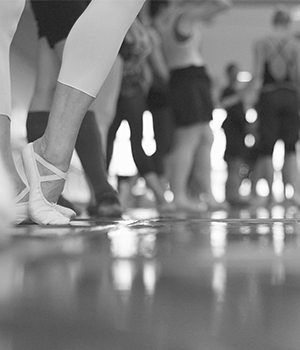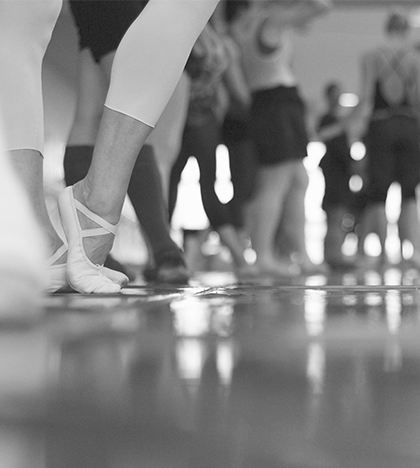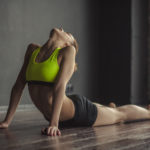Question & Answer with Steve Sirico and Angela D’Valda Sirico
 With a new season ahead you will most likely be facing all kinds of issues and challenges.. Below are questions we answered during one of our Q & A sessions at the Dance Teacher Web Live Conference & Expo for teachers from around the world. Enjoy!
With a new season ahead you will most likely be facing all kinds of issues and challenges.. Below are questions we answered during one of our Q & A sessions at the Dance Teacher Web Live Conference & Expo for teachers from around the world. Enjoy!
Q: How do you deal with a student who has behavioral problems?
A: Students who have this type of problem with a teacher are usually suffering from a feeling of insecurity that manifests as a discipline problem. They are usually desperate for attention and seek it in all the wrong ways. I have found that it usually helps to sit down with the student and explain to them that you like them as a person, but that their behavior is unacceptable and that you do not want to be reprimanding them constantly. I also try to give them a job that will help me in class. They might demonstrate for me or help me with the music, take attendance—something that shines a little positive spotlight on them, so they no longer feel the need to draw attention to themselves in a negative way.
Q: What is a safe way to help students understand how to hold their turnout?
A: I have always used the floor to help my students understand where the turnout comes from and how to move the legs without altering the position of the hips. Working on the floor enables them to safely feel where their body should be placed:
- Have your students sit on the floor with their legs straight ahead. Rotate the legs outward and inward, with the dancers placing their hands on the groin area so that they are able to feel the legs moving independently.
- Lie on the floor, legs straight. Push the center of the back into the floor and feel both hip bones connected to the floor. Turn out both legs, flex the feet, turn the legs inward and outward.
- Take one leg to passé making sure that both hips are on the floor. Let the knee in passé relax as far back as possible without arching the back. Return to original position.
All of these movements help the dancer understand how to hold their turnout and feel the correct muscles that are needed to strengthen turnout. Relaxation in the hip flexors is essential.
Q: How can I help my students have a better sense of balance?
A: There are a number of things that can contribute to a student not having a good sense of balance. The position of the feet and the weight distribution are extremely important. Toes need to be stretched out on the floor and in a comfortable position. When the student is on a rise or a releve, not only should the toes be spread out, but the weight should be between the big and little toe joint and the heel. The knees should be directly over the center of the foot and the hips should be in a straight line over the foot. The ribcage needs to be lifted away from the hips and the lower abdominals should be lifted so as to support the upper body. If the hips are allowed to release backward and the buttock muscles not utilized, the dancer will have problems balancing. The position of the head is vitally important to good balance: the chin should be lifted and the head should be in alignment with the rest of the spine. Shoulders must be relaxed and the chest line open. Working on a good stance will help any dancer to balance more successfully.
Q: My students are having difficulty spotting on their pirouettes. What exercises can you recommend to help?
A: I find that this simple exercise is a fun way to help students understand how to spot: Face the mirror, feet slightly apart, and take tiny little steps to make a circle while leaving the head behind and then whip it around without losing sight of the face in the mirror. However, if the neck and shoulder muscles are not relaxed, it is very difficult to get this whipping motion. Also understanding that there are 3 movements when you spot for a single pirouette:
- Look in the mirror and turn to the side, leaving the head over the shoulder.
- Turn the body to the other side and whip the head to the other shoulder.
- Turn the body to face front and bring the head back to the starting position.
Once the student understands this concept spotting is easier. For a double pirouette there need to be 5 movements and so on. Most students have spotting problems because they use their head to spot with the same timing as the body’s rotation. Timing and rhythm are extremely important to achieve a good spot and the head needs to move more quickly than the body.



